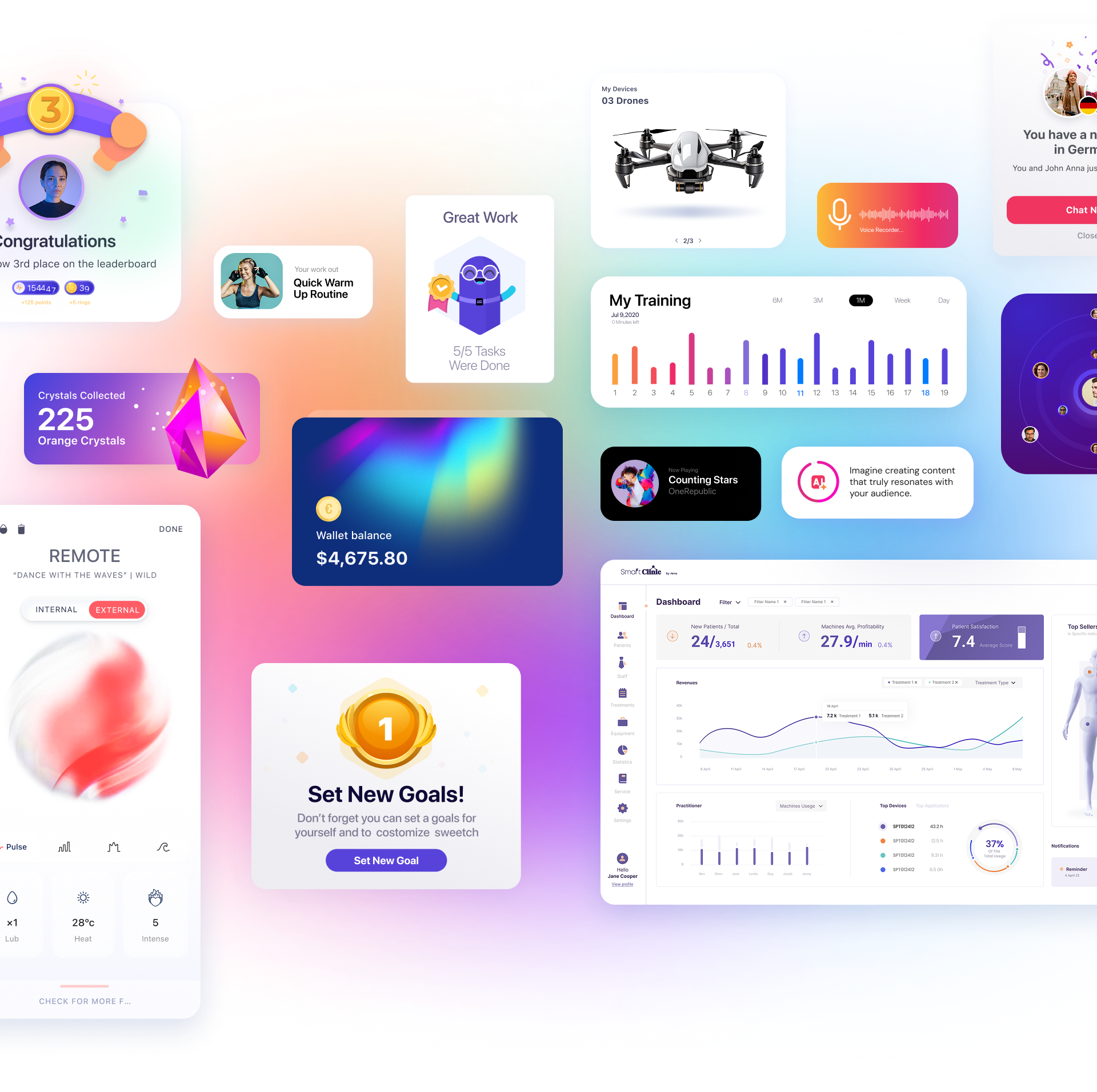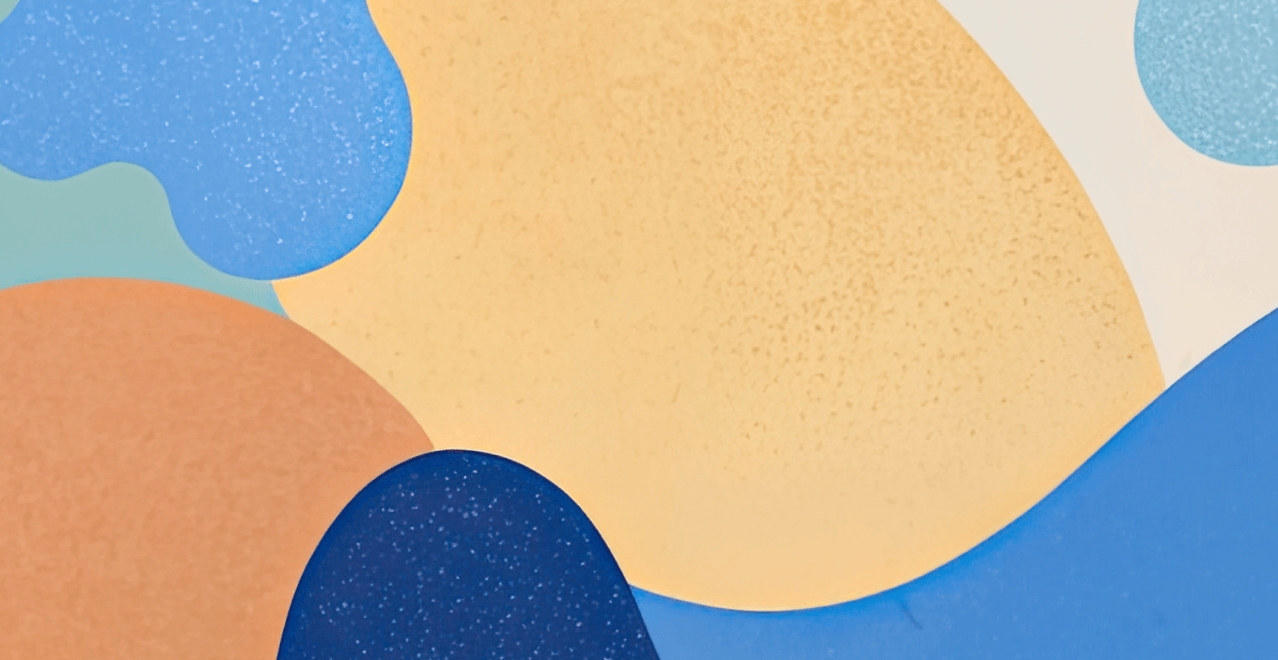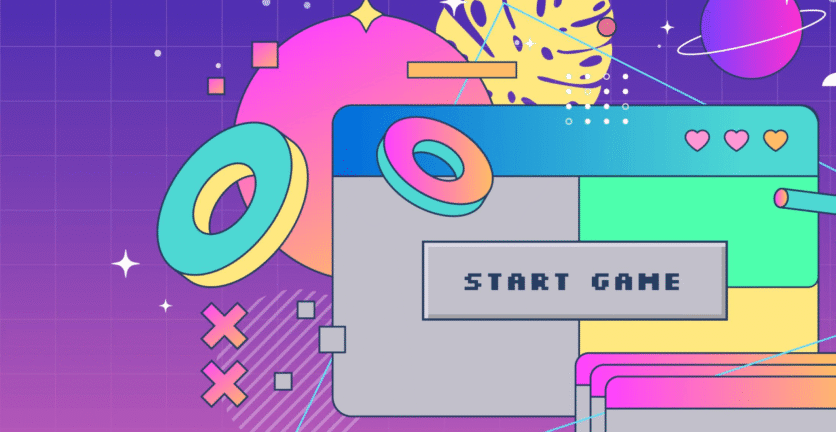If you’re part of a product team, you’ve probably encountered situations where entire projects were delayed or postponed because the design phase didn’t go as planned. When starting a project, there’s a critical decision to make: should you hire in-house designers or work with a UX/UI agency?
The good news is that if you’re facing this decision now, you already understand the importance of user experience design—that’s already half the battle. However, the results of the design itself are almost as important as how it’s executed. In most of our conversations with product managers, we hear the same things again and again:
- Our design teams are overwhelmed or lack motivation
- The recruitment process is long and slow, and we don’t have time
- A UX/UI agency is expensive
We’ve all been there—you need design, and you need it fast. But don’t make a decision based only on your immediate needs. Think about the future of the project, and consider experience, efficiency, and flexibility.
How Do You Decide?
First of all, it’s important to say that there’s no one-size-fits-all solution. Every organization is different, every project is different, and sometimes organizations choose both options. Laying out the pros and cons of each will help you decide what’s best for your organization or project.
Option One: Working with a UX/UI Agency
A popular option for companies and organizations is to work with a UX/UI agency for the planning and design phase of a project. This is often the case when the in-house design team doesn’t have enough time or the required skills, or when you want a fresh perspective from an external company.
When working with a UX/UI agency, their role is to focus on the product’s design and the entire user experience. They’ll accompany you from the initial concept stage through to the product prototype.
What Are the Advantages?
- High-quality, professional work: This is true as long as you choose the agency that best fits your needs. Look for references, recommendations, and review their previous work.
- A team that invests time in getting to know your brand: When you have a team of experts who dedicate time to understanding your company, brand, product, and user base, the planning and design process will be tailored exactly to your needs and requirements.
- Extensive experience and knowledge: When working with a professional UX/UI agency, you get a broad team with many years of experience and diverse talents. This can’t be compared to working with a single designer who is expected to meet all your needs. For complex projects, working with a design agency may be the best option.
- An external perspective on the project: Whether you come from marketing, project management, or product management, it’s easy to fall into the trap of “this is how we’ve always done it.” Outsourcing brings a fresh perspective that can push creativity forward.
What Are the Disadvantages?
- Multiple projects: A design agency must divide its time among all its clients, so the number of projects the agency is handling can affect the speed of delivery.
- Cost (sometimes): Years of experience and a wide range of talents come at a price. Working with an agency is more expensive, but the results are usually worth it.
- Investment in meetings: Creativity takes time! There’s no substitute for a professional team that invests time in getting to know your product, but you’ll need to pay for those work hours.
When Should You Work with a UX/UI Agency?
- When you can’t allocate enough work hours from your in-house design team
- For large and complex projects that require experience, expertise, and flexibility
Option Two: Hiring In-House Designers
In many cases, hiring designers within the organization can feel like the “responsible” choice. You recruit designers who, over time, will know your brand inside and out and play a key role in the product’s development. They become an integral part of the product’s lifecycle, contributing to both design and possibly even major business decisions.
What Are the Advantages?
- Strong connection between designers, the brand, and the rest of the team: Part of the recruitment process is finding someone who fits the company culture. When a designer believes in the company and its vision, they’re more likely to feel connected to the work they create.
- High sense of ownership: For an in-house designer, it’s not a one-off project. There’s a greater sense of ownership because they’re part of the product, the service, the customers, and the company’s reputation.
- Deep familiarity with the brand: When the employee is inside the organization, they know the customers, needs, and requirements in the closest possible way.
What Are the Disadvantages?
- Employee turnover: Turnover can cost an organization up to 33% of an employee’s annual salary. UX designers are in high demand, and whether you like it or not, turnover is high and expensive. In addition to the cost, knowledge transfer can be a complex and challenging process.
- Limited skills and capabilities: No designer can do everything. To meet all the company’s needs, one designer won’t be enough—you’ll need a full team.
- Changing organizational needs: In user experience design, work isn’t always consistent. There are periods with multiple projects running in parallel and times with no projects at all. A lack of projects not only costs you money on “idle” employees but can also hurt designer motivation.
- Cost (sometimes): Hiring an in-house designer is a fixed cost. If you’re not at a point where there’s enough work, it may be better to hire a UX/UI agency.
In-House Designers Are Suitable When:
- The company wants employees who not only represent the company but are part of the brand’s development
- Companies with many ongoing projects that suit full-time employees
Ask Yourself These Three Questions Before Deciding:
- What is the ultimate goal of the project? Is it to plan and design a new product? Improve an existing one? Help drive creative vision? Define your goals clearly before starting the project to make better decisions.
- What’s important to your organization? Do you want to give your existing design team a creative boost, or do you need to execute a project and get amazing results?
- What factors influence the decision? Price, quality, speed, flexibility—each option has its strengths and weaknesses. Use these factors to guide your decision.
In Summary
The decision between a UX/UI agency and in-house designers isn’t just about the design itself, but about choosing a partner to accompany you throughout the project. It’s an important decision that will impact the success or failure of your product. If possible, we recommend exploring both options before making a final decision—you won’t know what works best for you until you try.





 Book a Call
Book a Call





